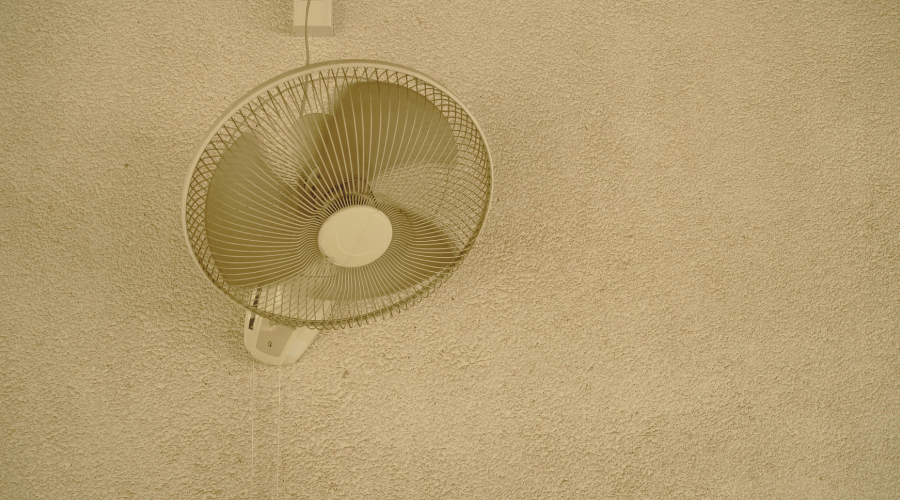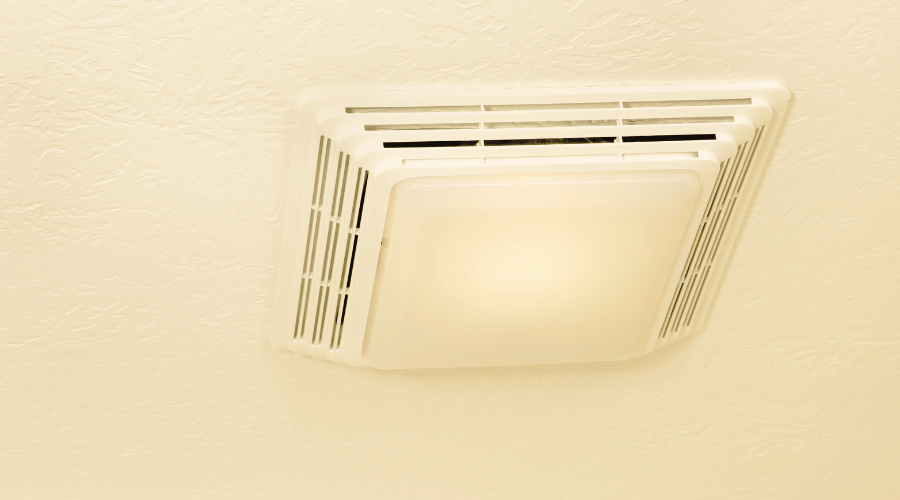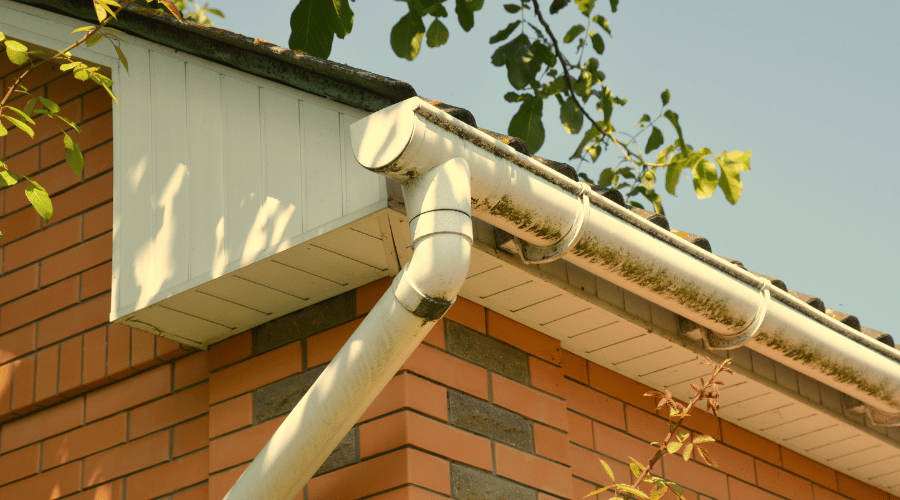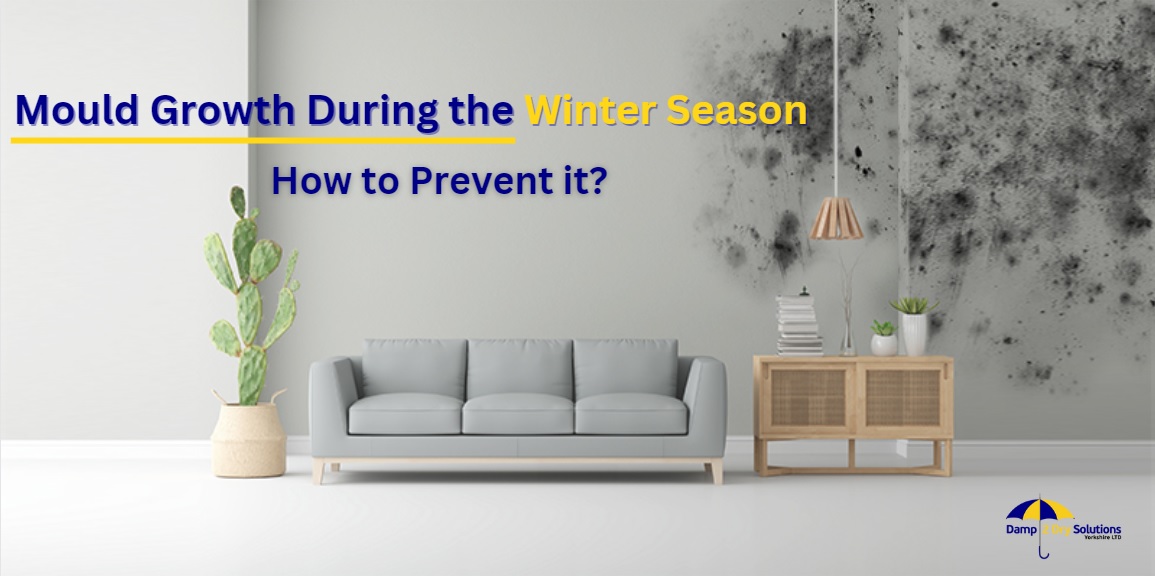Mould is always stubborn and that increases even more in those cold winter months. Mould may develop on a wide range of surfaces and objects, including walls and windows, as well as clothes, books, and toys. An unresolved mould problem in your home can harm your property and valuables over time, as well as pose a major health hazard to your family.
One of the common times to notice an increase in mould growing in your house is during the damp winter season. This post will be your guide in spotting the indoor places where mould is most prone to grow in the winter and the steps you can take to prevent it.
Why Does Mould Grow in the Winter?
Mould grows in winter due to the combination of colder temperatures and increased indoor humidity, creating ideal conditions for its growth.
If you’re wondering what factors contribute to growing mould on walls, mould around windows in bedrooms or other parts of your home, and are trying to figure out “How to stop mould?” this article is for you.
Mould is a type of fungus that generates spores capable of thriving in both indoor and outdoor environments. These spores travel through the air and initiate growth upon encountering a damp surface or object.
The colder months often usher in elevated moisture levels attributed to amplified rainfall, melting snow, and ice. As our homes are naturally heated to higher temperatures during winter, this convergence of heightened moisture and increased warmth can foster an optimal environment for mould growth within our living spaces.
While there is no way to stop the spread of spores, there is a lot you can do to make your home an unwelcoming habitat for them to land and develop.
During the winter, the following items and places in your household are most likely to be an ideal growing ground for mould:
- Wallpaper and walls
- Roofs
- Sills and windows
- Pipes
- Cardboard
- Wood
- Ceiling tiling
- Upholstered furnishing
- Books
Now, let’s explore the option of keeping mould at bay.
How to Stop Mould in House During the Winter?
So the question is how to prevent mould in winter.
Winter is much more than just a time to stay warm and decorate for the holidays; unfortunately, it’s also the perfect season for mould growth.
With windows and doors kept tightly sealed, there is little opportunity for fresh air to circulate and replace the moisture brought in by snow and rain.
Additionally, furnaces that keep our bedroom and other areas warm create condensation, providing an ideal environment for mould spores to develop and feed on the items in our homes.
Thankfully, there are a few simple steps we can take to prevent mould growth in the bedroom during the winter months, such as ensuring adequate ventilation, fixing leaking pipes and using dehumidifiers.
Taking these precautionary measures can help us avoid the potential health risks associated with mould growth and protect your home from mould this winter.
- Maintain a humidity level of less than 45% in your home
- Set your ceiling fans to the opposite direction
- Use exhaust fans in spaces with moisture and humidity (bathrooms and kitchens)
- Wipe any moisture off the windows
- Maintenance of roof gutters
- Remove any stagnant water in entryways as soon as possible
We will see all these essential steps for a mould-Free home one by one.
1. Maintain a humidity level of less than 45% in your home

According to the Environmental Protection Agency, the best strategy to reduce the risk of mould damage in your house is to monitor and keep your home’s interior humidity level at 45% or lower. In high-humidity areas, such as basements, use dehumidifiers to lower and keep humidity levels under control. If you observe an unexpected spike in humidity levels, look for water sources or leaks immediately.
Mould development occurs within 48 hours after being exposed to standing water and it can be the main reason for mould on walls.
2. Set your ceiling fans to the opposite direction

Ceiling fans circulate air which prevents condensation from forming on cool windows and walls, which can lead to mould formation. In the summer, ceiling fans should be turned counterclockwise, whereas, in the winter, they should be turned clockwise to draw warm air down and push cool air up.
This helps keep your home warm for longer while also lowering your utility expenses. Who doesn’t like no mold and lower utility costs in winter?
3. Use exhaust fans in spaces with moisture and humidity (bathrooms and kitchens)

Because the fans evacuate moisture to the outside, proper air flow does not allow moisture to pile up and feed mould spores. Cooking and bathing generate more steam in the winter since the temperature difference between indoors and outdoors is larger.
Use exhaust fans whenever you cook or bathe, and keep dehumidifiers in these bedrooms to help with mould control and eliminate black mould on bedroom wall.
4. Wipe any moisture off the windows

Mould can form on the windowsill’s paint or even on the dust specs on it therefore, it is recommended to replace the windows with more energy-efficient models if possible.
If you have wooden windows, you can protect the timber by painting the windowsills with high gloss paint. This will help to prevent mould from forming and make the windowsills easier to clean.
5. Maintenance of roof gutters

Before the winter months, it is important to check your gutters for any sticks, leaves, or other materials that may be blocking them. Installing gutter guards can help prevent debris from accumulating and blocking your gutters. Also, you can inspect the remainder of the roof for missing tiles or damages from summer storms.
It is recommended that you examine the downspouts to ensure that all portions are fully connected and not clogged. Ensure that water is draining away from the foundation properly and that it doesn’t pool and overflow the basement, leading to mould growth.
Also read:- How to stop mould in new build?
6. Remove any stagnant water in entryways as soon as possible

It is important to remove any stagnant water in entryways caused by shoes, rugs or wet clothes, as soon as possible. This is because it can increase the humidity in the area and promote mould growth, particularly under mats and carpets.
To prevent this, it is recommended to use raised shoe racks to aid air circulation and faster drying and to hang damp rugs to dry. If your living area experiences a lot of snow or rain, investing in boot dryers can be beneficial, as they quickly dry sodden footwear and can be used to warm up boots on cold mornings.
As for wet coats, they should not be stored in closets, to avoid increased humidity and dampening of every other thing they might come in contact with.
Related article –
- Wet and Dry Rot: Understanding the Difference
- Dry Rot Early Signs
- How to Identify Dry Rot? Causes, Identification & Solution
About Damp2Dry Mould Elimination Services
If you need mould removal in your home or office in UK, or information about How to stop mould, contact Damp2dry Solutions right away.
Mould can be tricky, fast-spreading and can get into concealed and hard-to-reach places in your home. To ensure timely results and prevent additional harm to health and property, Damp2Dry Solutions employs the InstaScope mould detection technology and the trifect mould removal technology to safely and efficiently remove all signs of it.
For several years, Damp2Dry Solutions has been a trusted brand in cleaning and restoration, and our guides can provide you with all the information you need to know about the hazards of mould to your home or business.
With expertise and technology, we can work together with you to develop a comprehensive repair plan to keep your property safe and your family healthy.






